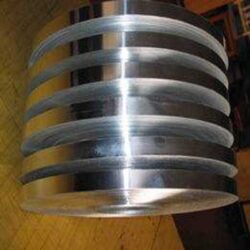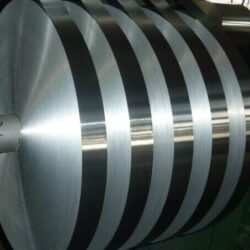6061 aluminium plate has high strength, good corrosion resistance and anti-oxidation effect. It is widely used in automatic mechanical parts, precision processing, automobile chassis, cake mould and so on. It is popular with the majority of users. But what are the differences among the three states of 6061 aluminium plate T6, F and O? What are the advantages of 6061 aluminium plate as automobile chassis and cake mould?
The difference of T6, F and O State of 6061 aluminum plate
The main alloying elements of 6061 aluminium sheets are magnesium and silicon, which have medium strength, good corrosion resistance and good oxidation effect. 6061 aluminium sheet is widely used after heat treatment. It is used in automatic mechanical parts, precision processing and various die manufacturing.
Commonly used status of 6061 aluminium sheet:
The state of T6 is the most widely used in 6061 aluminium alloy. The state of 6061 medium and heavy plate aluminium is quenched, sliced, stretched, aged, sawed, polished and packaged by medium and heavy aluminium plate. The whole production cycle is about 10 days. After solid solution heat treatment, it does not need cold processing. It can be straightened and leveled, but it does not affect the mechanical properties.
F state is the free working state of 6061 aluminium alloy. It is suitable for special products with work hardening and heat treatment conditions in the forming process. F-state production cycle is very short: medium and heavy plate slicing-sawing machine-polishing (or not polishing, according to customer requirements) – packaging, the entire process can be arranged smoothly for 3 days to ship, F-state mechanical properties do not require specifications, customers according to their own needs can re-heat the F-state processing, production into the required state of use. The corresponding price is also the cheapest.
The O state is the lowest strength processed product of 6061 aluminium alloy after complete annealing. It is suitable for the production of 6061 aluminium alloy sheets below 8.0. Its production process is as follows: thickness of cold rolled products – cleaning by stretching and bending rectification – complete annealing – flying shear (or stretching and bending rectified products) – packaging and storage, etc. Its production cycle is second only to that of T6 state.

